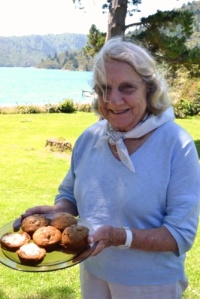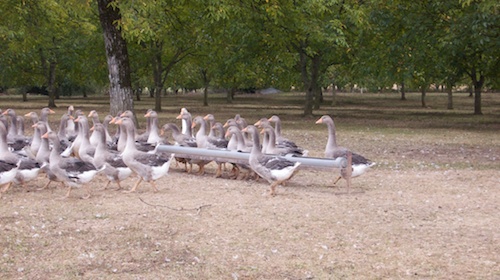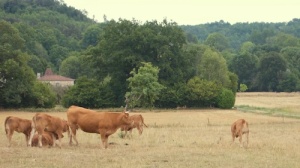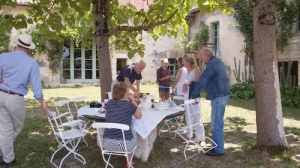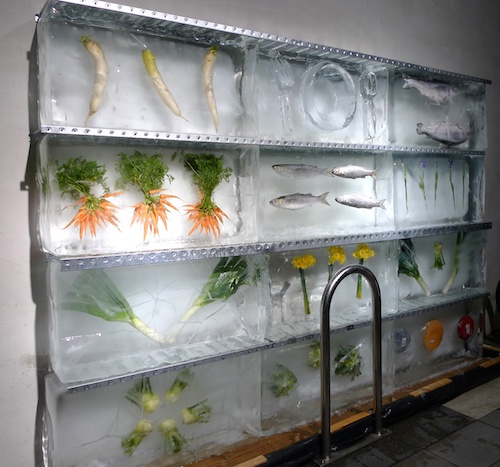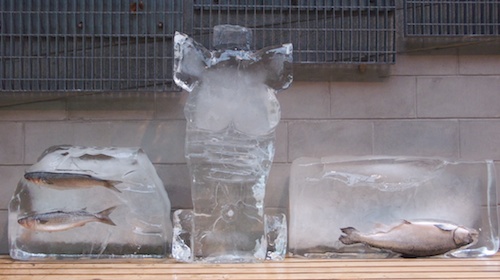Yesterday, at Old St Paul’s, Wellington’s restaurant community farewelled a much loved colleague, Pierre Meyer. I’m hoping the Dominion Post is researching his obituary as I write this because he deserves to be celebrated as a much loved chef and restaurateur who made New Zealand his home and changed the face of dining in Wellington.
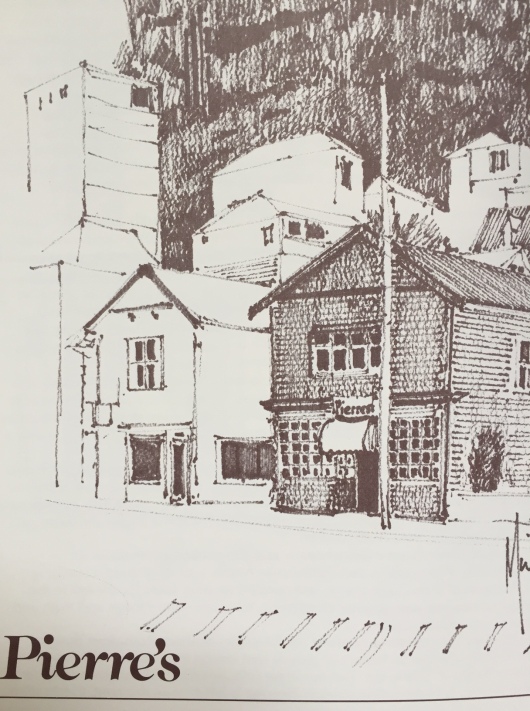
Pierre’s Restaurant, drawing by Michael Fowler
When his eponymous restaurant opened in the late 70s on Tinakori Rd there were only 4 licensed restaurants in Wellington and all were fine dining establishments. Pierre’s was different. A French bistro housed in a refurbished wooden villa, it was at the forefront of a change to chic but casual dining. He served duck parfait, whole roasted poussin, delicate fish dishes, apple tarts and homemade glacés. It may not seem special these days, when ice cream is flavoured with everything from liquorice to miso, but back in the day Pierre caused a sensation with his kiwifruit ice cream. It must have stayed on the menu for as long as his restaurant stayed open, which is to say for many years.
Not many restaurants retain their popularity for as long as Pierre’s. Its success was as much to do with the man himself and the team he built around him as it was to his food.
The turnout at his memorial service was testament to that. The church was filled with his friends: people who dined at his restaurant and attended his cooking classes; people who worked for him, socialised with him and rubbed shoulders with him at food and wine events. His fellow restaurateurs were there too, representing a slice of the capital’s culinary history: Marbles, The Roxborough, City Limits Cafe, Boulcott Street Bistro, Brasserie Flipp, Cafe L’Affare. They were all there, along with one or two of us who used to supply them.
Dan and I owned a fresh pasta business back then. That’s how we first met him. We supplied him with pasta, and it was typical of Pierre that he demanded the best and he demanded bespoke. I remember having to put our regular production on hold to make very small quantities of saffron fettuccine for him. It was inefficient, uneconomic and a pain in the neck to be honest, but he was so charming and so encouraging it was impossible to say no. And of course we were proud to have our pasta on the menu of an establishment that made almost everything from scratch.
We all had our Pierre stories yesterday. I never knew he was such an appalling driver. And I never knew he influenced a change to our licensing laws when a table of parliamentarians witnessed a raid on his restaurant. Close down Pierre’s? It was unthinkable. Rumour has it the law was changed the very next day. Thank you for that, Pierre. Thanks for everything.

